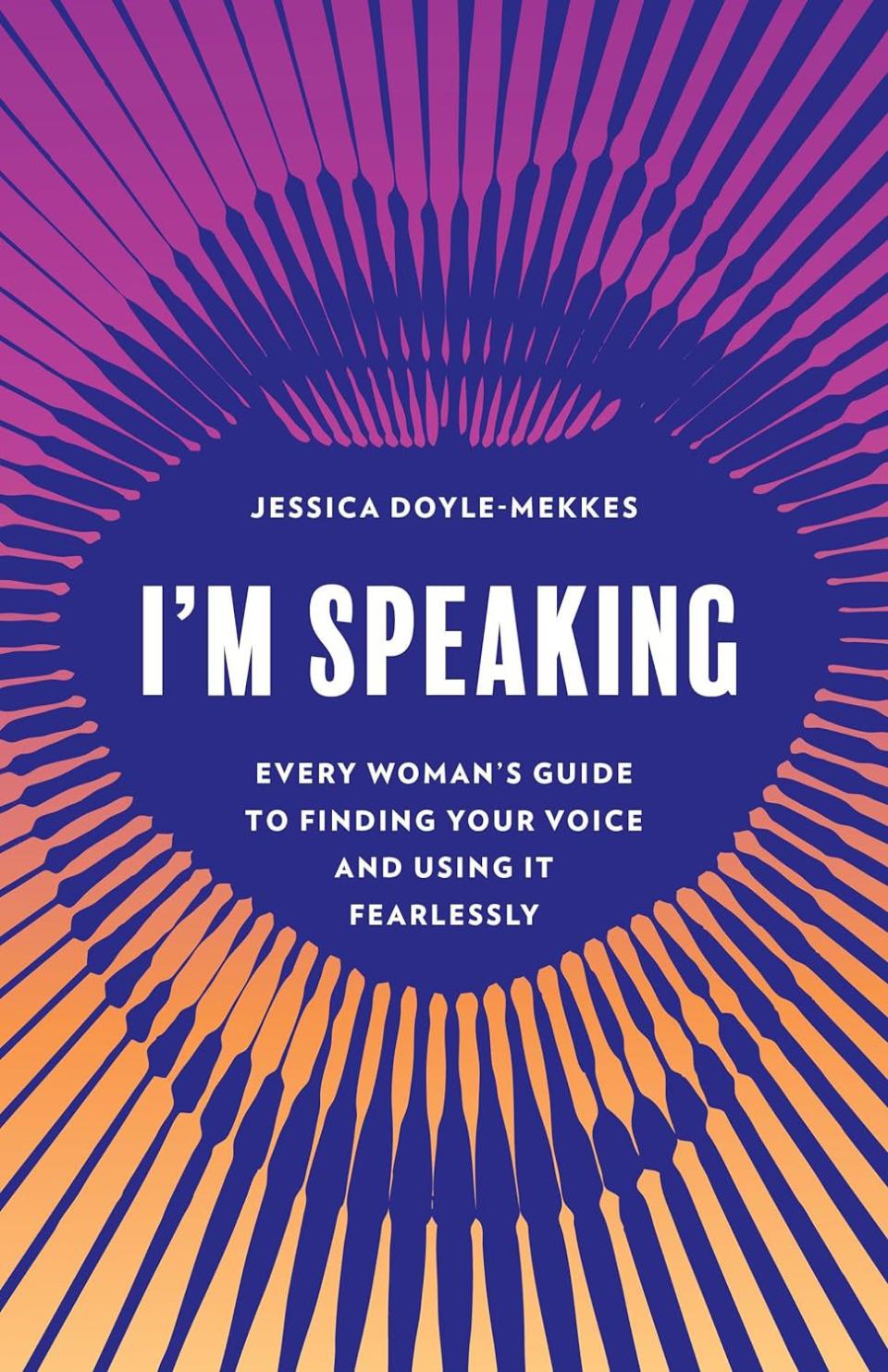Did Hillary Lose Thanks to a Bad Microphone? (It Didn't Help)

- Oops!Something went wrong.Please try again later.
As an actor, singer, and speaker I’ve done hundreds of sound checks. Sometimes I’m on a stage, basking in the warm glow of really good lighting with perfectly contoured cheekbones; my microphone safely nestled beneath my wig and neatly taped to the middle of my forehead. Sometimes I’m in a hotel ballroom, hiding behind the projection screen, attempting to wedge a mic pack under the band of my bra and run the cord up my back without giving the audience a show they did not pay to see. Either way, the directive is usually the same, “Be sure to check in with the sound guy.”
The “sound guy”—and yes, it’s almost always a man as women make up only 5 percent of audio engineers—is the live version of a recording engineer, tasked with equipment upkeep, balancing volume levels, and eliminating unwanted noise Both live and on a recording, the audio engineer or producer ultimately makes the decision about what the audience hears. I might be in charge of the words I say, but once I’m on stage the way my voice sounds, and whether or not my audience can hear me clearly, is largely in the hands of the “sound guy.”
Pretty powerful stuff. So powerful, that in a 2018 article for the journal of the International Association for the Study of Popular Music (IASPM), Dr. Helen Reddington uses the term “gender ventriloquism.” According to Reddington, “gender ventriloquism” is when male producers (audio engineers) speak through the music of the female artists they produce. In this way, even the most fiercely female voices (Katy Perry, Avril Lavigne, Pink…) are delivered to their audiences via what composer Pia Palme calls, “the male ear.”
Similar to the “male gaze,” the idea behind Palme’s term is that female voices are manipulated by men, to reflect how they think women should sound, then delivered to the masses as authentic. If it sounds ridiculous that an old white guy thinks he knows what a young, female pop singer should sound like, and what her audience of screaming girl tweens wants to hear better than the singer herself, I agree with you. So does Kelly Clarkson. When Clarkson asked to have more control over the songs on her second album and write them herself, after her (then) producer Clive Davis orchestrated her first album, she was denied.
Hillary Clinton Has Been ‘Finding Her Voice’ Since 1993
In his book The Song Machine: Inside the Hits Factory author John Seabrook quotes Clarkson as saying, “I just think it’s funny that all these middle-aged guys told me, ‘You don’t know how a pop song needs to sound.’ I’m a twenty-three-year-old girl! But I was fighting those battles alone.”
The battle over how women’s voices are supposed to sound and how that sound is delivered to an audience isn’t a new one, and it isn’t limited to the music industry. In the 1920s, when radio technology was all the rage, Congress put a limit on the bandwidth allotted to each radio station. As a result, stations limited their signals to the bare minimum frequency thought to be needed to transmit speech. Basically, Dick and Harry got together and decided that the only voices worth hearing on the radio were theirs, so they limited the sounds that could be successfully transported into America’s living rooms. In the last hundred years, things haven’t changed all that much.
In an article for The New Yorker, temporal media artist, engineer, historian, and educator Tina Tallon writes, “Even today, many data-compression algorithms and Bluetooth speakers disproportionately affect high frequencies (pitches) and consonants, and women’s voices lose definition, sounding thin and tinny.”
Directional microphones, the kind of mics found in most boardrooms, classrooms, and courtrooms, are also built to amplify lower frequencies. These mics are literally designed to make lower voices louder and higher voices softer. When higher voices are amplified the resulting sound is often distorted, as was the case with Hillary Clinton’s voice during her 2016 presidential campaign where she was so widely criticized in the media for sounding, “shrill,” that CNN reporter Frida Ghitis called it a “shrill smear,” against her.

In her opinion piece, Ghitis shines a spotlight on the fact that voters and the media alike criticized Clinton’s voice, rather than addressing the content of what she was saying. This kind of critique dubbed a “non-content based response” by authors Monika Chao and Julia R. S. Bursten in their article “Girl Talk,” for the feminist philosophy journal Hypatia, is a common one where women’s voices are concerned.
In my work as a vocal coach working with women’s voices, I often address client concerns that their voices are too meek, too breathy, and too emotional. To be fair, I address an equal number of concerns that my client’s voices are too loud, too aggressive, and lacking emotion. Often, these critiques came from an outside source as a non-content-based response. Let’s face it, it’s a lot easier to make fun of Jane’s voice than it is to argue with her stance on critical race theory.
The reality is that stereotypes around what power and authority sound like exist, and the benchmark for success is often very white, and very male. Not only do women have to combat those stereotypes, but they also often have to do it while speaking on equipment made for male voices. Not only is it ridiculously difficult for women to find success in the music industry (of the 899 artists nominated for a Grammy award across a 6-year period, 90.4 percent were male) but when they do, their songs, from the lyrics to the beat to the way their voices sound, are often controlled by men.
Before you start thinking, “So, my dreams of running for office AND performing at Super Bowl LVIII are in the hands of a 40-something white guy with a beer gut and too much cologne? Wow. Really glad I read this article.” Listen up. Women do not succeed because we do not face tough shit. We succeed in spite of it.
Now that you have this knowledge, put it to use. When you’re speaking, advocate for yourself. Ask to speak to the “sound guy” and be sure that he knows that your voice is going to sound different than the 6’3” baritone who’s speaking before you, so the levels might need to be adjusted. If you’re using a directional microphone, know that your mouth needs to be right in front of it to have the best chance of clear amplification. If you’re on the petite side, you might need to ask for a stool. There’s no shame in that game. There’s also no shame in asking for amplification if you’re going to need it and it hasn’t been offered to you. Your words deserve to be heard.
Now, put your big girl pants on and your money where your mouth is. Support female candidates. Support female artists, songwriters, audio engineers, and producers. And for the love of all that is holy, will a brilliant female engineer please redesign the directional microphone? I will be your first customer, and I’d like mine in pink.
Jessica Doyle-Mekkes is the author of I'm Speaking: Every Woman's Guide to Finding Your Voice and Using It Fearlessly
Get the Daily Beast's biggest scoops and scandals delivered right to your inbox. Sign up now.
Stay informed and gain unlimited access to the Daily Beast's unmatched reporting. Subscribe now.

